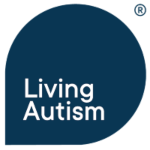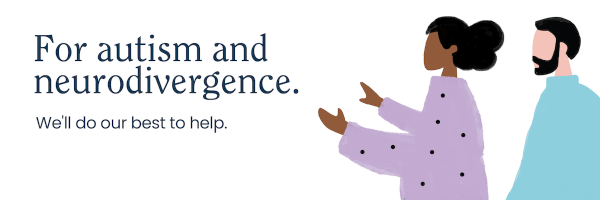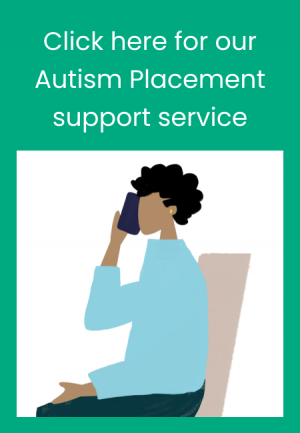
Experts are continually exploring the links between sleep and ADHD, but while those who have the condition wait for confirmation and more in-depth advice to live by that will help in the short and long-term, we’re going to look at what might be a cause of sleep issues in children with ADHD.
How does ADHD affect your child’s sleep?
ADHD sleep problems aren’t restricted to adults and disturbed sleep that is ADHD-related is typically known to appear from around the age of 12, and won’t always correspond with the onset of other symptoms either, but can remain into adult life.
It’s not just ADHD symptoms themselves which interfere with your child’s sleep, but the medication assigned to alleviate ADHD too; the only issue with this is that when sleep in compromised, ADHD symptoms can be made worse.
What sleep disorders are characteristically associated with ADHD?
In terms of the most common sleep issues linked with ADHD in children, the main ones are:
· Disproportionate daytime sleepiness
· Delayed sleep-phase disorder
· Anxiety in regard to, or resistance, when it comes to bedtime
· Trouble falling asleep at night-time
· Struggles around morning wake ups
· Sleep apnoea
· Interfered sleep (waking during the night)
· Increased chance of nightmares
More on sleep issues…
1. Sleep apnoea
Sleep apnoea is thought to affect around 3% of the US population, while among those with ADHD nearly a third confirm they experience a range of sleep-disordered breathing issues such as snoring to obstructive sleep apnoea. Linked to this is obesity, and quite frequently so too; in fact, it’s known to be present in the region of 40% of individuals with ADHD.
2. Insomnia
The problem that individuals with ADHD experience is that of sudden bursts of energy as soon as they tuck themselves into bed, or they simply cannot get their mind to quit racing. The result of this is that they have to withstand longer periods of time before drifting off to sleep, sometimes taking up to an hour to achieve this.
It’s not just the act of falling asleep that can be littered with hurdles either, as once ADHD sufferers nod off, it’s often not particularly restful, and features a whole host of tossing and turning, as well as being easily woken by light and noise. It’s this lack of restful sleep that can result in nuisances when it comes to waking up and unwanted drowsiness during the daytime.
3. Periodic limb movement disorder
Periodic limb movement disorder (PLMD) is what occurs when an individual experiences sudden limb movement intermittently during times when they are asleep. The sticking point here is that the muscle twitching is strong enough to cause the person to wake from their stage of sleep.
4. Restless legs syndrome
A neurological issue, restless legs syndrome, otherwise referred to as Willis-Ekbom disease, will see people experience a tingling sensation in their lower limbs and an irresistible urge to move them in order to reach some kind of relief, predominantly when they’re sleeping or in a state of rest.
Just 2% of the US population suffers from RLS in the general population, while a significantly spiked level of those with ADHD is known to have RLS (50%).
5. Delayed sleep-phase disorder
Delayed sleep-phase disorder relates to a disorder with the circadian rhythm that basically means a person’s body clock is out of sync with regular sleep-wake patterns. The ailments that link to this issue mean your child can not only go to sleep later but also wake up later.
The key downside to delayed sleep-phase disorder ailments we mentioned is that it can cause daytime sleepiness; something that children with ADHD do not want to have to deal with, when sleep is such as focal point in sedating their symptoms.
The takeaway
Some brief takeaways to help overcome or at the very least make these issues easier to keep under control is to:
· Create a habitual bedtime and wake-up routine for your child – By getting off to bed at a set time each night, combined with a set time to wake up each morning, it will do wonders to support healthy sleep and general well-being.
· Bring some regular exercise into your life – Being active and exercising during the day is a proven way to find it sound slumber of an evening. It will also aid you in staying asleep once you do drift off too.
· Leave hyperfocus activities for the daytime – This is simply to prevent disengagement issues around bedtime that ADHD sufferers will be familiar with; save these activities for the daytime.
· Take warm baths – Warm baths help to relax the muscles and soothe your mind state. One of the oldest natural sleep aids in the book!
· Drink herbal teas; e.g. chamomile and passionflower -These will help promote relaxation and the smooth transition to a state of sleep.
· Use positive mental attitude techniques – Let your mind readjust its thinking and focus on happy thoughts; they can be as little or large as you like. Think of favourite places, for example.
These ideas are proven to help but will work more effectively for some than others, so it is worth trying them out and seeing which work best for you and, indeed your child, so that you can go with what suits you all best. At the end of the day, children will be able to tell you if it’s good, or not, so go with it!
This article was written for Living Autism by Sarah Cummings, author at The Sleep Advisor
Editor’s Note
For older children and young adults, our readers might be interested in the article below on getting energy without caffeine offered by Know Your DNA
https://knowyourdna.com/energy-without-caffeine/
_______________________________
If you need help looking for services for an individual with an autism spectrum condition, we will do our best to help. Click below for the Autism Placement Support Service.



